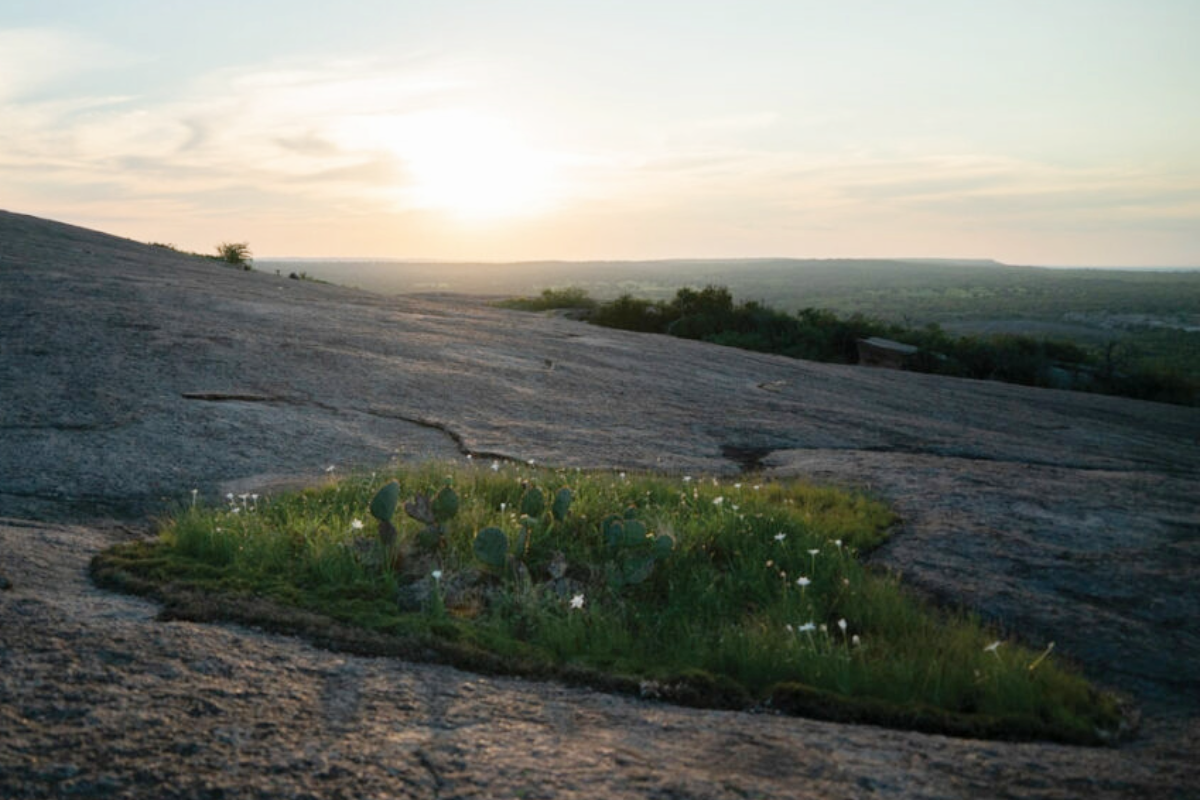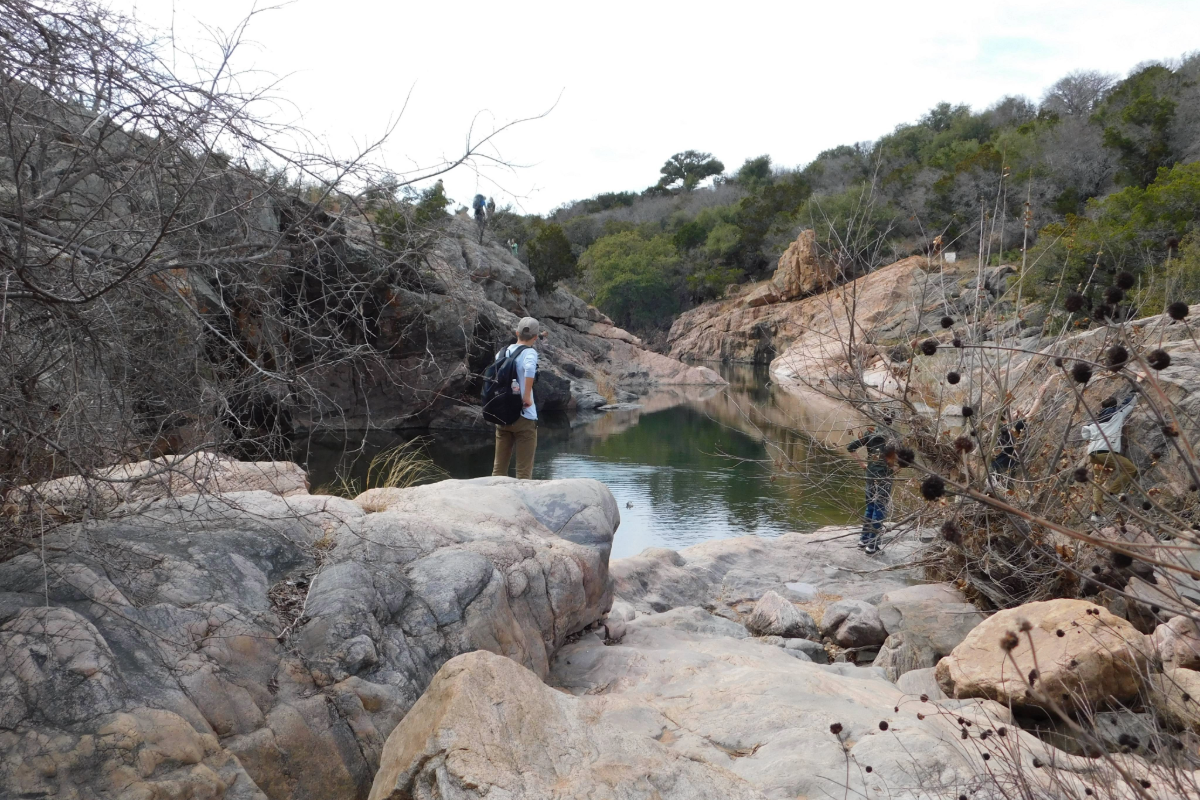
Twice a year, monarch butterflies migrate between Canada and Mexico, a 6,000-mile round trip that takes them through the Highland Lakes of Texas. iStock photo
It's not an exact destination; it surrounds Highland Lakes visitors
Monarch butterflies love the Highland Lakes, part of the Texas Butterfly Ranch. The ranch is not a location on a map. No address will lead you to a spot to park or a building to pick up brochures. It’s all around you, wherever a migrating monarch can find milkweed or other pollinator-friendly plants to eat and on which to lay its eggs.
Twice a year, monarch butterflies migrate between Canada and Mexico, a 6,000-mile round trip. They fly, feed, and breed across the United States, cutting two clear paths through Texas: one a 300-mile-wide swath with the Highland Lakes smack dab in the middle; the second along the Texas Gulf Coast.
In the fall, a super generation of Canadian-bred monarchs born especially for this journey stop over in Texas. Unlike their ancestors of about five generations back (the ones who flew north the previous spring), these aerial insects live eight months rather than eight weeks. The super monarchs head south drifting on air currents until they get to Texas, where they lay eggs for the next generation. Each female butterfly can lay up to 700 eggs at a time before they die. The new creatures that emerge from the chrysalides somehow find their way to the oyamel fir forests of Michoacan, Mexico. These trees can only be found on 12 mountaintops, rising 1.8 miles above sea level in Central Mexico.
The monarchs arrive by the millions, completely covering the firs and huddling together for a six-month rest and to reproduce. None of them have ever been there before, and none of them will return, but their children, children's children, children's children's children, etc., will.
In the spring, a whole new set of butterflies born in Mexico head back to Texas, stopping to feed and breed the next generation.
These are not the super butterflies who came south. These will move from milkweed patch to milkweed patch across the country producing the insects that will make the next leg of the journey. If all goes well, the flock increases as it heads north. No one butterfly ever makes the whole trip north; however, a tagging program called Monarch Watch has discovered that many of the super generation successfully complete the entire 3,000-mile journey south.
Until late summer, the majestic monarchs can be found in the Canadian provinces of Alberta, Saskatchewan, and Manitoba, storing up fat for the next trip south, back to the Texas Butterfly Ranch, a resort of sorts on their way to their winter home in Mexico.
You can learn more about the Texas Butterfly Ranch at texasbutterflyranch.com.
suzanne@thepicayune.com












